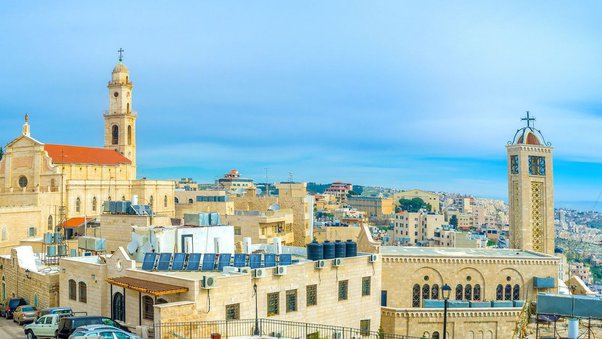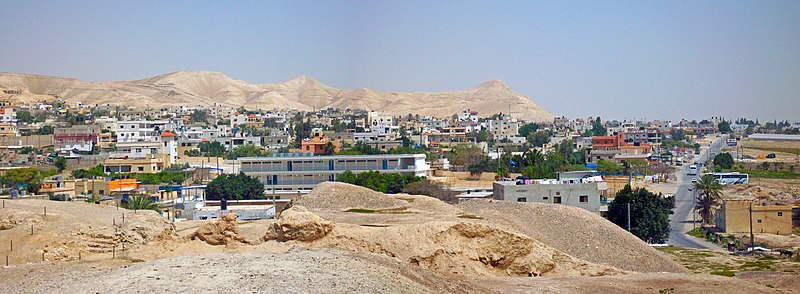Palestine travel tips
Palestine travel tips: In the Middle East, holds historic significance with vibrant culture, ancient cities, and ongoing geopolitical complexities amidst breathtaking landscapes.
Divisions 🌎
Palestine travel tips. Here is a list of all the divisions of the Palestine.

Jenin

Tubas

Tulkarm

Nablus

Qalqilya

Salfit

Ramallah and Al-Bireh

Jerusalem

Jericho

Bethlehem

Hebron

North Gaza

Gaza

Deir al-Balah

Khan Yunis

Rafah
Before you go 🛩
Important information you should know before your trip
Info

Capital | East Jerusalem
Flag Codes:
ISO alpha-2 PS,
ISO alpha-3 PSE
Currency
Badge | No universal currency
CODE | –
NUMBER | –
SYMBOL | –
FRACTION | –
Mobile Coverage
Dialing Code | +970
SIM Card
Coverage | 3G / 4G / 5G |
Mobile Networks |

Location
Palestine is a region located in the eastern Mediterranean, bordered by Israel to the east and north, Egypt to the southwest, and Jordan to the east. It includes the West Bank and the Gaza Strip. The area has historical, cultural, and political significance, as it has been a center of conflict and attention for decades due to the Israeli-Palestinian conflict.
The West Bank is situated to the east of Israel and is separated from Jordan by the Jordan River. The Gaza Strip is a narrow coastal enclave located southwest of Israel, along the Mediterranean Sea.
Please note that the political situation and borders in the region are complex and have been subject to ongoing disputes and negotiations. The recognition and status of Palestine as a state have also been a matter of international debate.
Currency
Currently, the Palestinian Authority uses the Israeli new shekel (ILS) and the Jordanian dinar (JOD) as its official currencies.
However, the issuance of PA coins and banknotes, known as the Palestinian currency, has long been proposed but has not yet been implemented. Currently, the Palestinian currency is not in circulation and there is no official information about its composition.
Languages
In Palestine, the two official languages are Arabic and Hebrew. Other minority languages are also spoken, such as Russian, English and French.
Climate 🌡
The climate in Palestine varies depending on the specific region and its geographical features. The region experiences a Mediterranean climate in general, characterized by mild, wet winters and hot, dry summers. However, due to its diverse topography and the influence of surrounding desert areas, there are variations in climate within different parts of Palestine.
Here’s an overview of the climate in different areas of Palestine:
Coastal Areas (Mediterranean Coast):
Cities like Gaza and parts of the West Bank near the Mediterranean Sea have a Mediterranean climate.
Winters (December to February) are mild and relatively wet, with average temperatures around 10°C to 15°C (50°F to 59°F).
Summers (June to August) are hot and dry, with temperatures often exceeding 30°C (86°F).
Inland Areas (West Bank):
Inland areas experience a transition from Mediterranean to more arid conditions.
Summers are hot and dry, with temperatures reaching 35°C to 40°C (95°F to 104°F) or higher.
Winters are cooler and may include occasional rainfall.
Jordan Valley and Dead Sea Area:
This area has a more arid climate with hotter temperatures compared to the coastal regions.
Summers are extremely hot, with temperatures often exceeding 40°C (104°F).
Winters are mild and can be cooler at higher elevations.
Desert Areas (Negev Desert, southern West Bank):
Desert areas experience an arid climate with very hot and dry conditions.
Summers are extremely hot, with daytime temperatures often exceeding 40°C (104°F).
Winters are cooler but still relatively mild compared to more temperate regions.
Palestine travel tips
If you’re planning a trip to Palestine, here are some travel tips to enhance your experience:
Historical Sites:
Explore ancient wonders like Bethlehem and Jerusalem, rich in cultural and religious significance.
Cultural Sensitivity:
Respect local customs, traditions, and religious practices; dress modestly, especially in religious sites.
Weather Awareness:
Visit during spring or fall for milder temperatures; summers can be hot, and winters cool.
Health Precautions:
Drink bottled water, be cautious with street food, and have travel insurance covering medical emergencies.
Transportation:
Navigate using shared taxis, buses, and walking; hire registered guides for a deeper understanding of sites. View Guide.
Safety Precautions:
Stay informed about the political situation, follow local news, and adhere to travel advisories.
Checkpoints:
Be prepared for security checkpoints; carry necessary identification and travel documents at all times.
Enjoy your time in Palestine!

The best of the best
Palestinian cuisine reflects the region’s rich history, diverse cultures, and agricultural traditions. It features a wide variety of flavors, ingredients, and dishes that have been passed down through generations.

Musakhan
A dish made with roasted chicken or lamb placed on flatbread, topped with sautéed onions, sumac, and pine nuts. It’s a flavorful and aromatic dish.

Knafeh
A popular dessert made from thin noodle-like pastry soaked in syrup and layered with sweetened cheese or semolina. It’s often garnished with crushed pistachios.

Labneh
A creamy strained yogurt that can be enjoyed as a dip, spread, or even rolled into small balls and preserved in olive oil.
Here are some typical foods of Palestine:
Baba Ghanoush: A dip made from roasted eggplant, tahini, lemon juice, garlic, and olive oil. It has a smoky flavor and is often served with bread.
Lentil Soup: A hearty and flavorful soup made from red or brown lentils, vegetables, and spices.
Palestinian Salad (Salata): A refreshing salad made with diced cucumbers, tomatoes, onions, parsley, mint, and sometimes radishes, dressed with olive oil and lemon juice.
Hummus: A creamy dip made from blended chickpeas, tahini (sesame paste), olive oil, lemon juice, and garlic. It’s often served as an appetizer with bread.
Falafel: Deep-fried balls or patties made from ground chickpeas or fava beans. They are crispy on the outside and soft on the inside, and they’re typically served in pita bread with vegetables and tahini sauce.
Maqluba: A one-pot dish that includes layers of rice, vegetables (like eggplant, cauliflower, and potatoes), and meat (chicken, lamb, or beef). The dish is flipped over when served, allowing the layers to form a beautiful presentation.
Mansaf: A traditional dish often served on special occasions. It consists of lamb or chicken cooked with yogurt and served over a bed of rice. It’s sometimes garnished with pine nuts and almonds.
Taboon Bread: A type of flatbread traditionally baked in a taboon oven. It’s an essential accompaniment to many Palestinian dishes.
Stuffed Vegetables (Warak Enab, Koosa Mahshi): Grape leaves or zucchini stuffed with a mixture of rice, minced meat, herbs, and spices.
The use of fresh herbs, olive oil, spices, and local produce is a hallmark of the cuisine, contributing to its distinct flavors.
Transportation 🚥
More information about this country
Choose your destination 📍🗺
Useful Links ✅



